The Grocer’s 2017 Top Products Survey, THE definitive guide to the current state of the UK’s grocery industry
The soaring price of everything from butter to babyfood and chocolate to cheese leaves little room for doubt: the rising price of milk is having repercussions far outside the dairy drinks fixture.
But within the fixture, milk is starting to be viewed as more than a mere commodity. For some shoppers, it’s no longer enough for milk to be cold, wet and white; a growing number are buying milk with added health, animal welfare and functional benefits. And for such credentials they will pay. Sales of fresh milk have inched up 0.2% (£4.7m) on volumes that have dipped 1.4% in the past year.
Granted, this seems scant cause for celebration, but context is everything. This is the first time milk has been up in this report since 2013, when we reported 2.5% (£66.1m) sector growth on volumes up 1.6%. What’s also significant is who is driving the growth this year. Own label is down; brands are up 2.1% in value and volume. That’s worth £18m.
Data Box
Top 25 Dairy Drink Sales
“Space has increased for the category as a whole,” says Nielsen senior client manager Rupert Austin. “This is providing opportunities for branded manufacturers, with branded distribution up 10.6%. This is in keeping with Arla’s efforts to diversify and drive value into milk. Arla Organic (see below) stands out as the biggest branded launch of the year.”
With supplies being squeezed and farmgate prices rising, it makes sense that retailers should seek to protect margins by giving more space over to brands. Branded milk has been selling for an average of 87p a litre versus own label’s 53p this past year, although the price gap has narrowed by a penny as a result of successive own-label price hikes.
The price of standard own label began rising in autumn 2016, when Asda, Iceland, Aldi and Lidl put an extra 14p on four pints, bringing the price to 99p. With milk supplies continuing to tighten in 2017, Morrisons took the plunge and upped the price of four pints of its Milk for Farmers to £1.10, citing “ongoing cost pressures”. The rest of the big four and Waitrose have since followed suit.
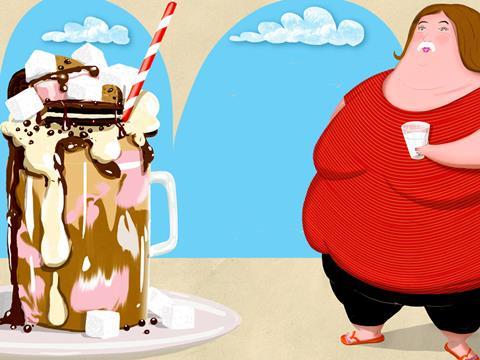
There’s no question who the overall winner in milk has been this year: Arla, which has seen combined sales of its biggest milk products surge by 10.5% to £227.8m on volumes up 11.2%. Its B.O.B brand (filtered skimmed milk that ‘tastes as good as semi-skimmed’ - our top milk launch of 2016) is up 95.5% to £11.2m and Organic Farm Milk (rebranded as Organic Free Range Milk in July in a bid to capitalise on the popularity of free range farming) has seen sales jump by a whopping 392%, from £1.8m to £8.7m.
“Arla has seen its branded milk products reach their highest ever share of the market this year at 9%, vindicating Arla’s decision to focus on adding value to its farmer owners’ milk through product innovation and investment in the Arla brand,” says senior director Stuart Ibberson, while conceding it’s not been plain sailing for all its brands. “A reduced number of multibuys (there has been a 9ppt drop in milk volume sold on deal) and some consumers opting for the other added-value brands we’ve released has led to a slight dip in Cravendale this year, but Arla is committed to investment in the brand, demonstrated by the latest Moonicow campaign, which is already showing strong results.”
Cravendale’s 0.1% dip on volumes down 1.2% doesn’t look so bad next to its closest branded rival, Müller Milk, which has lost 10.8% of its value and 8.4% of its volume. Nevertheless, Müller Milk & Ingredients commercial director Dan Howell says the brand is bringing “more inspiration to the dairy aisle by offering more exciting packaging, on pack promotions and innovative new products”.
Innovation can take many forms, of course. Alpro’s category-leading growth of £9.7m has been driven in part by working with Tesco to develop dedicated dairy alternative fixtures in store to better signpost the burgeoning category to shoppers. Arla’s Lactofree is also benefiting from the growing amount of space retailers are giving dairy alternatives. Sales are up 14.3% on volumes up 12.6%.
NPD, combined with the higher cost price of milk being pushed through by brands, has been a key driver of the flavoured milk category’s £27.7m growth (the greatest rise of the three dairy drink sectors measured here). Overall sales are up 9.5% on volumes up 6% and, again, Arla can take much of the credit: the Starbucks branded dairy drinks it produces under licence are up by nearly a quarter, putting an extra £8.1m through the tills.
That the Starbucks range carries a 33.6% premium over the market average price is significant. Brands are increasingly looking to supply refreshment and/or nutrition on the go, and for that they know consumers are prepared to pay more for. See Weetabix’s On The Go drinks’ 54.2% growth for further proof (the range sells for an average of £1.18 a litre, versus the market average of £1.06).
Weetabix’s functional claims (trumpeting fibre and protein content) are also worthy of note, as is the £1.8m rise of Yakult, the yoghurt drink category’s fastest grower, which trades on its probiotic benefits.
Shoppers will swallow higher prices, it seems, so long as brands make it clear what they’re paying for. They’ll need to step up efforts to do just that in 2018.
TOP LAUNCH
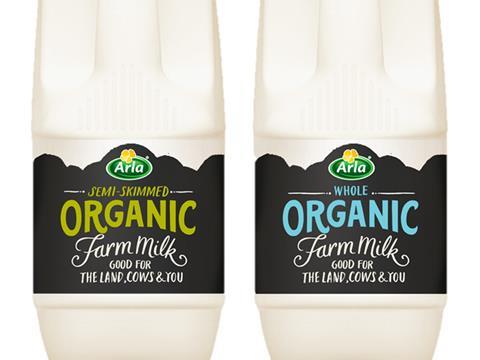
Organic Farm Milk by Arla
Arla harked back to a bygone age last November with the launch of Arla Organic Farm Milk, an unhomogenised milk topped with a layer of cream, just like the milkman used to deliver. The aim was to make organic milk “more accessible to all”, Arla said. In a cute piece of repositioning, Arla moved to cash in on the free-range milk boom by rebranding the product as Organic Free Range Milk. It’s the biggest dairy drink launch of the year, having hit sales of £8.7m.
Topics
The Grocer Top Products Survey 2017: Up!
- 1
- 2
- 3
- 4
- 5
- 6
- 7
- 8
- 9
- 10
- 11
- 12
- 13
- 14
- 15
- 16
- 17
- 18
- 19
- 20
- 21
- 22
- 23
- 24
- 25
- 26
- 27
- 28
- 29
- 30
- 31
- 32
- 33
- 34
- 35
- 36
- 37
- 38
- 39
- 40
- 41
- 42
- 43
 Currently reading
Currently readingDairy: milk back in growth after four-year dip
- 44
- 45
- 46
- 47
- 48
- 49
- 50
























































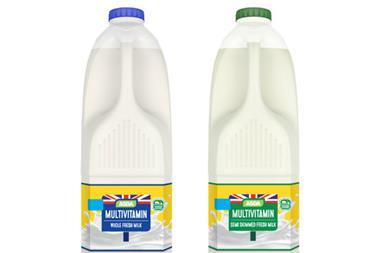
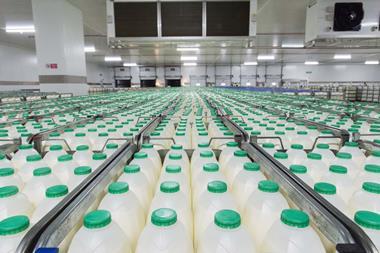
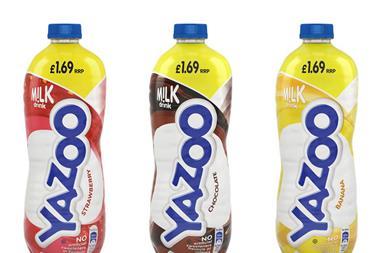
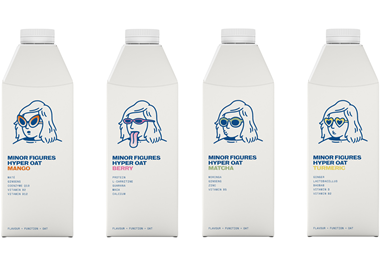

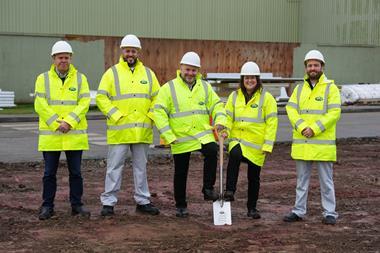






No comments yet